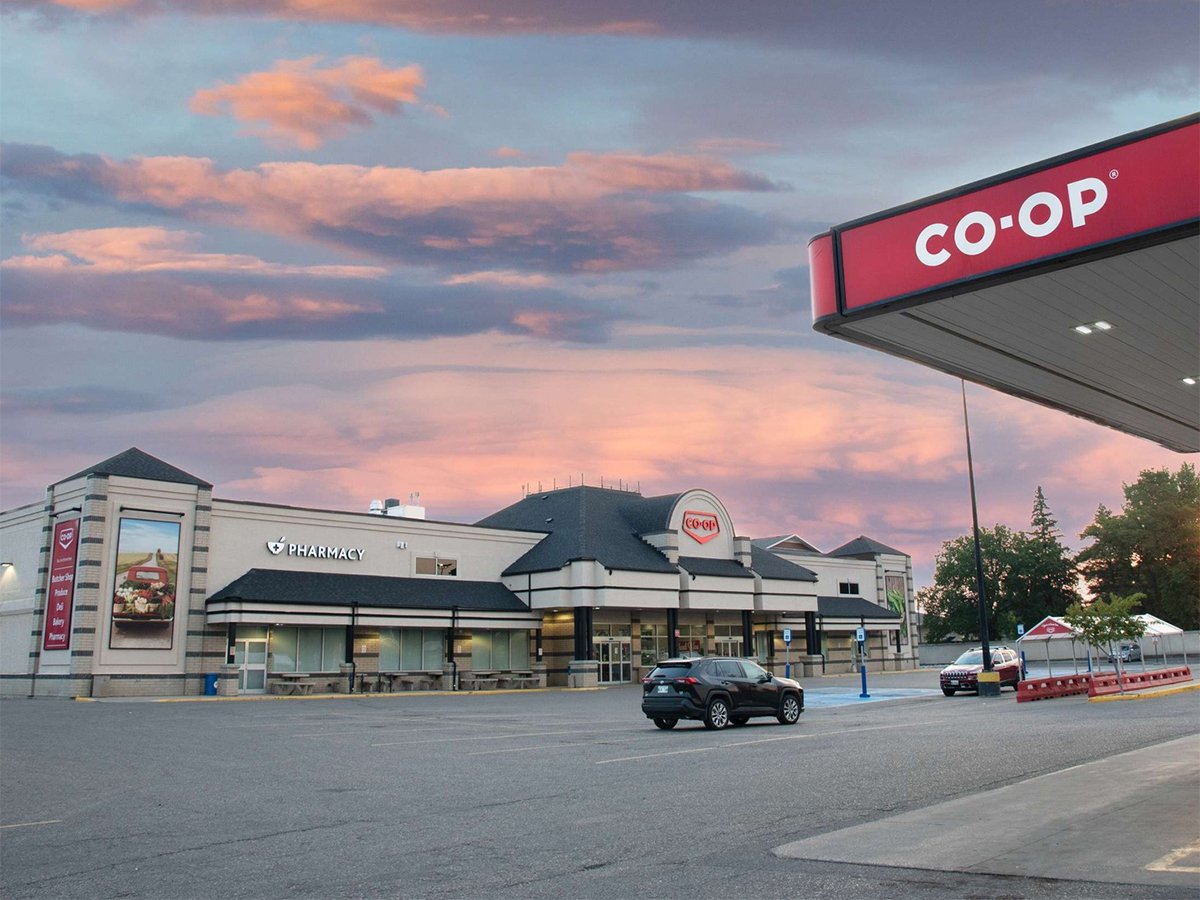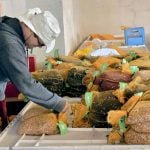During his presentation to Manitoba Ag Days, Winnipeg technical analyst David Drozd made the argument that crop prices have likely moved into a new, higher long term trading range, much as they did in the early 1970s. He’s not the only analyst who’s made that argument. David Reimann of Informa Economics made the same observations to me in an interview we did before Christmas.
If this has indeed happened – and it’s too early to tell, but we may be at the moment of truth right now – that’s good news for farmers. That’s because since the early 1970s peak of crop prices, the market lows for all the major crops have been steady. Market prices might rocket around wildly, but they stayed within a range set at the point of the market peak. Basically, the high point of the trading range through the 1960s and into the early 1970s became the new bottom limit, with the upper limit of the new range being somewhat beneath the peak price hit in 1973. That’s a major improvement: the old highs become the new lows.
Read Also

Farmer ownership cannot be seen as a guarantee for success
It’s a powerful movement when people band together to form co-ops and credit unions, but member ownership is no guarantee of success.
Both Reimann and Drozd have argued that the December 2008 lows may mark the bottom of the new long term range, which would fit with the theory because they’re near the old upper end of the range. Time will tell. Both Reimann and Drozd say a substantial break beneath the December lows would suggest the new bottom to the long term range is still being established and could be lower than they expect. Another analyst I occasionally speak with, Jeffrey Kennedy of Elliott Wave International, is convinced the December lows are not the new lows, and within the year lower lows will be reached. So all analysts aren’t in agreement about whether we can be fairly confident that we’re not going to go lower than we have so far. But if those lows of December hold through 2009, we can begin to get a lot more confident, and avoid pricing near those low points and begin selling near the upper end of the range.
What’s that upper end? That’s harder to say. If history is any guide, last summer’s highs won’t be exceeded. It’s not impossible, but doesn’t tend to happen. But how high the rebounds from the lows can’t be assessed right now, because we’ve recently been experiencing the bottoming of the range and the upper reaches are something for rallies in the next year or two to establish. We will probably sooner know when you shouldn’t be selling than when you should be.















